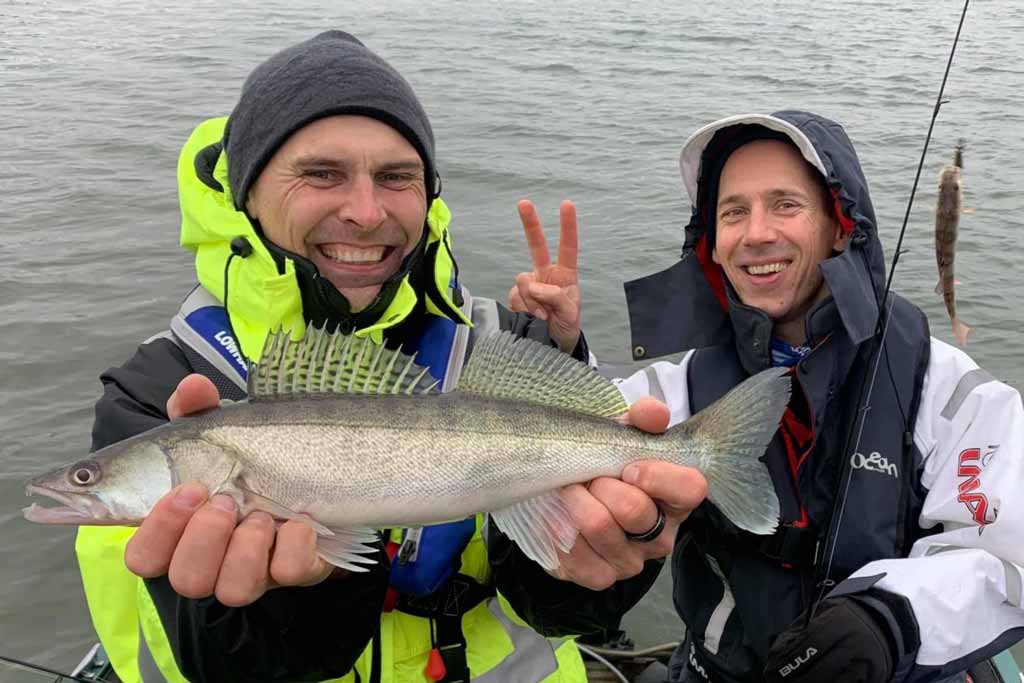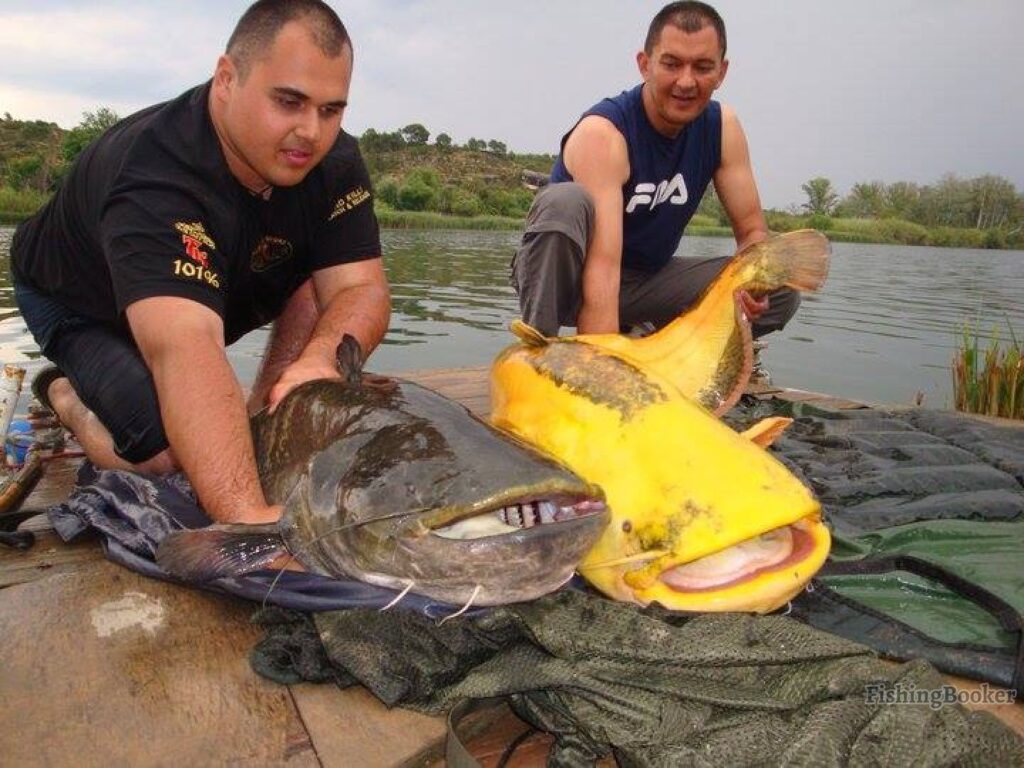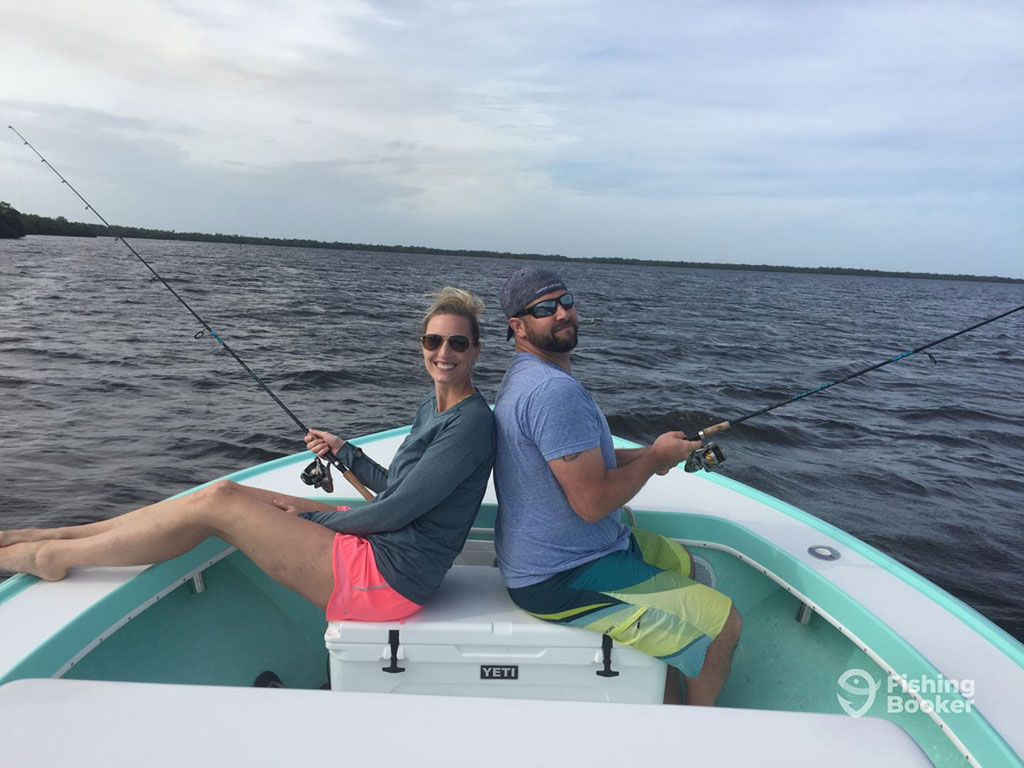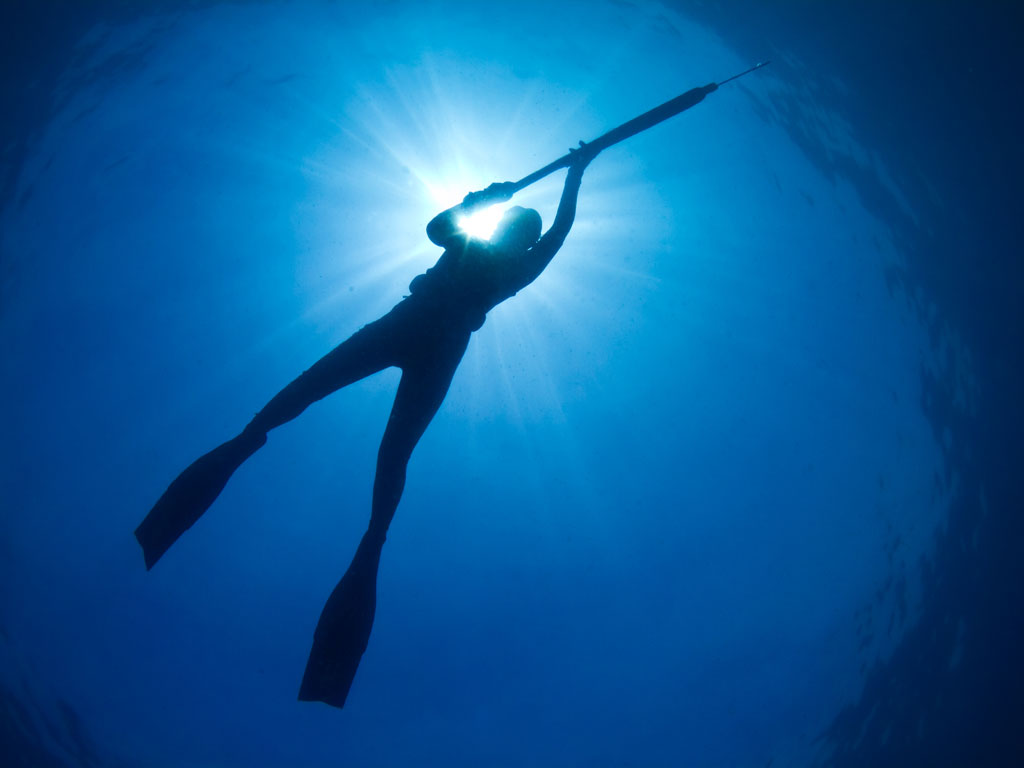There’s no overstating just how good fishing in Europe is! With the Atlantic Ocean to the west and seven seas surrounding the continent, you’ll be spoiled for choice. There are plenty of species that you can target only here and these unique fisheries have something in store for just about every angler.

Europe spans over 10.5 million square kilometers (3.93 million square miles), with hundreds of rivers, streams, and lakes to explore. As vast as it is, it would take you several lifetimes to explore. Unless you’re a cat, you don’t have that kind of time, so let us guide you through Europe’s immense angling potential and talk about what you can catch and how, as well as where you can go to do it.
What are you interested in?
Top Catches in Europe
There are hundreds of fish species that you can target in Europe, so choosing the best of the best game fish is no small feat. Whether you’re an experienced saltwater angler or you prefer the rushing rivers and lakes brimming with freshwater A-listers, there will definitely be something for you to catch. We’ll now go over some of the most popular and beloved species. It’s up to you to choose where you’ll start.
Top Freshwater Catches in Europe
While many European countries have a sea, there are many more that are landlocked. But that doesn’t mean that fishing is slow! Freshwater action can be fantastic on the rivers, lakes, and streams all over Europe, and where you go will depend on what you’d like to chase. Here are some of the top freshwater catches you can look forward to.

- Trout: To no surprise, Trout are the most sought-after freshwater game fish in Europe. The most popular are Rainbow and Brown Trout, though they’re sometimes named after the place where you can catch them. That’s why you’ll have Trout from Ohrid (Croatia), Iceland, Austria, Norway, Armenia, Wales, and more. The thing is, most of these have actually developed a unique trait, so they’re considered a subspecies. Also, because it comes from the Salmonid family, some people consider Grayling a Trout, but that’s not the case. Fly fishing for Trout is in high demand all over the continent, and some of the best Trout fishing spots in Europe include Iceland, Spain, Slovenia, Italy, and Austria, to name a few.
- Atlantic Salmon: Atlantic Salmon is a worthy opponent, thanks to its fighting prowess and great taste. You’ll find them in Northern Europe, in the North and Norwegian Seas, as well as in the pristine rivers and streams of Scandinavia. They’re anadromous, just like their Pacific cousins, so they move from saltwater to freshwater when it’s time to spawn. Atlantic Salmon weigh up to 5 kilograms (11 pounds) and they’ll put up an incredible fight. Norway, Iceland, Scotland, and Ireland boast some of the best Salmon fishing in Europe.
- Carp: If you’re looking for a trophy catch in freshwater, you should give Carp a chance. Unlike Trout and Salmon, these fish like to stick to slow-moving waters. That means lakes and some calmer rivers are your best bet. Carp make for decent table fare, but more than that, they’re targeted for their impressive size and agility. These fish take being hooked very personally, and they’ll fight you for every inch of the line. In some parts of Europe, you can find Carp that weigh over 50 kilograms (100+ pounds). It doesn’t happen often that freshwater anglers go against a beast of this size, but that’s what makes it even more special. Some of the famous Carp fishing spots in Europe are in France, Croatia, Italy, and Belgium.

- Catfish: Speaking of monster fish, how about the biggest freshwater species on the continent? Catfish are a highly sought-after target of ambitious fishers who are eager to test their strength. Wels Catfish are a staple of Europe’s freshwater fisheries, partly because they can survive pretty much anything, and partly because they grow to be absolutely massive. We’re talking fish that can be well over 200 kilograms (440 pounds)! Not all of them are that big but, whatever the size, Catfish will make it extra hard to reel them in. Since they’re massive and lazy, Catfish stick to the bottom and you have to pull them out bit by bit. Their rotund and whiskery appearance makes them easily recognizable, and to get one (or several), try fishing in Spain, Germany, France, Hungary, and Italy.
- Zander: Another staple freshwater fish in Europe is Zander – or Pike-Perch. Wherever you find murky waters, be they lakes or rivers, chances are you’ll find Zander as well. These guys are ambush predators, strong fighters, and make for great eating. They’re popular in Western and Northern Europe, but there are a lot of them in all the big rivers. Zander tend to weigh up to 5 kilograms (11 pounds), but there are bigger specimens out there. A favorite catch of beginners and pros alike, these toothy fish attack your offering with wild abandon, which is what makes them so special. You can fish for them in Scandinavia, France, Spain, and the Balkans.
Of course, the list doesn’t end here. Freshwater fishing in Europe is always fun and rewarding, which is what makes it so enticing. Aside from the species we mentioned, you can also go after Northern Pike, Char, European Perch, and many more.
Top Saltwater Catches in Europe
Remember how we said that you can take your pick from no less than seven seas in Europe? Well, you better believe that there are some awesome fish to target in them. In fact, some world-famous big game fish like Bluefin Tuna and Marlin are up for grabs in some parts. And there’s a lot more!

- Tuna: We’re starting with the most iconic catch of them all, Tuna. Atlantic Bluefin Tuna is legendary in Western Europe and some parts of the Adriatic Sea. You can also find some Yellowfin, Bigeye, Skipjack, and Albacore Tuna if the conditions align. Bluefins in Europe might not be as big as those on America’s East Coast, but they can come pretty close. That means you can expect beasts that weigh anywhere from 50 to 200 kilograms (100–400 pounds). Just as you might expect, Tuna fishing in Europe is the pinnacle of saltwater sportfishing. The best Tuna fishing grounds on the continent are off the coast of Spain, Portugal, and Italy, with some solid action in Croatia, too.
- Billfish: When it comes to the sheer variety of Billfish, the Atlantic Ocean is second to none. Passionate anglers from all over the planet are fully aware of this, which is why they flock to Portugal and Spain. This is the Billfish epicenter of Europe, and for good reason – Blue Marlin, White Marlin, Swordfish, and Spearfish are all up for grabs here. Together with Tuna, Marlin are the most coveted catch, but they’re also the most challenging and require longer trips. The best time to target any and all Billfish is in the summer when they swing by the neighborhood. Portugal is most famous for its Marlin action, and Spain isn’t far behind, either.
- Mahi Mahi: A favorite of anglers and gourmets alike, Mahi Mahi (aka Dorado) is one of the more common catches in Western Europe and the Mediterranean. Everybody loves going after Mahi Mahi, because they’re as fierce as they’re acrobatic, which makes them fun to target. In the ocean, you can find “Bull” Mahi Mahi, but in the Mediterranean and Adriatic Seas, they’re usually smaller – around 5 kilograms (11 pounds). Mahi Mahi fishing is seasonal in Europe, so it’s most productive in summer and fall. They’re most likely to bite during the warmest days of summer, but you’ll need to travel a bit to get to them. You’ll find the best Mahi Mahi fishing grounds in Greece, Spain, Malta Croatia, and France.
- Cod: Let’s go north! Cod live in the Baltic and North Seas, and is the fish species mainly responsible for English fish and chips. It’s one of the “bread and butter” catches in Norway and the UK, thanks to its delicious flaky meat. Unfortunately, it’s also severely overfished, which is why the season is limited throughout the year. This doesn’t change the fact that Cod is a supreme saltwater target in the northern reaches of the continent. They’re most active in spring and fall, so this is the time to go after them. Be extra mindful of the open season, because these change every year. We suggest talking to your guide about the best time to land yourself a Cod.
We’d need a book to mention everything you could find at the end of your line when fishing in Europe. Along with the most wanted species above, you can set your sights on Amberjack, Grouper, Dentex, Seabream, and Common Pandora. Mackerel, Sardines, and Anchovies are all fabulous choices to eat and enjoy, especially in the Mediterranean.
Fishing Seasons in Europe
There are as many fishing seasons in Europe as there are fisheries. That means that before you book a flight to go fishing here, it’s important to check what’s biting at the time you’re there. There are some general rules that you can use, but it’s always the best path to check in with your local guide so they can manage expectations.

When in doubt, the summer is usually the most productive fishing season. This is when all saltwater A-listers come out to play, and the best time to land something bragworthy. The same goes for freshwater fishing, though you’ll probably need to hit the water early in the morning.
Spring is generally reserved for first-class Trout and Salmon fishing. This is when Salmonids are at their most active, feeding and preparing for spawning after the long cold season. The same goes for Bass, Perch, Zander, and other freshwater game fish. You can get some decent action on the saltwater front as well, but the weather can still be volatile, so you should be extra careful.
Fall can put you on a variety of saltwater and freshwater fish, depending on where you’re casting your line. Anything from different types of Clam, Cod, and Haddock to Zander and Carp fishing on lakes is a safe bet. You can also get some solid Trout and Salmon action, especially in Scandinavia.
Winter brings about the chance to go ice fishing in Northern Europe, and the action can match the Great Lakes region. Depending on where you go, Northern Pike, Perch, Zander, and even Trout are on the menu. In the warmer parts of the continent, fishing slows down during the winter, though you still might see optimistic anglers casting a line from shore on a sunny winter day.
Top Fishing Spots in Europe
Figuring out the top fishing spots in Europe is an enormous task. We’ll take you through the countries that are known for their angling potential, and it’s up to you to choose where you want to start. If you’d prefer to have a quick and handy list, check out these fishing grounds. But for a more complete overview, here are the best of the best spots you can visit and enjoy outstanding fishing.
Some countries stand out more than others on the fishing map, and as such, some of the spots in them deserve special attention.
If you go to Spain for a fishing adventure, places like the Canary Islands – Tenerife, in particular – and Mallorca boast phenomenal action.
In Portugal, things are just as good. For some of the best saltwater fishing in Europe, we recommend you go to the Azores and the Algarve Coast.
Going to the UK? Here’s a list of fun fishing vacations you can take advantage of, as well as in-depth fishing guides for fishing in London and Dungeness.
Fishing Techniques in Europe
So what are the most popular ways to catch fish in Europe? Well, it’s safe to say there are dozens of techniques and variations. Which one you’ll use depends on what you’ll be targeting. There are a few that stand out because they’re the “parent” techniques from which all others stem. Let’s take you through them.

- Fly fishing: The whole continent is one huge fly fishing playground. From Iceland to the European part of Russia, you’ll find fly fishing locations for just about any taste. Be it casting your offering deep in the wilderness on a rushing stream or urban fishing, Europe has it all. Some of the best fly fishing rivers are right here, and what’s more, the season can last longer than elsewhere around the world. Scotland, Norway, Iceland, Slovenia, and Germany all have rivers that can put you on unforgettable fly action. Locals in each country will have a unique approach to fly fishing and often make their own flies, so it’s a good idea to talk to them and get the feel of the fishery.
- Deep sea fishing: We talked about the fantastic game fish that hide in the ocean and seas of Europe, and deep sea fishing is the best way to get to them. Tuna, Marlin, Swordfish, Wahoo, and other prized game creatures are not that close to shore, so you’ll need to book longer trips (at least 8 hours) to get to them. The more time you spend on the water, the better the chances of hooking a trophy. There are guides who specialize in putting people on these species. Be sure to reserve your spot well in advance because boats fill up fast in the summer. Spain, Portugal, and Italy are the best destinations to check out to get the most out of your deep sea fishing experience.

- Spearfishing: Europe won’t disappoint adrenaline-seeking spearos. With so many locations that offer a unique spearfishing experience, all you need to decide where you want to go. The clear waters of Italy, the reefs and wrecks of Greece, and the tropical marine world of the Spanish Balearic and Canary Islands all offer excellent spearfishing opportunities. Add to that the UK, France, and Portugal, and you’ll be spoiled for choice. The most important thing is to know the local spearfishing rules before you get into the water. Some countries have very strict regulations and steep fines for those who ignore them. The best you can do is understand and follow them or hire a guide to keep you in the loop.
- Ice fishing: Even in the coldest parts of Europe, the coming of winter doesn’t necessarily close the fishing season. In fact, for Scandinavia and the northern parts of the continent, ice fishing is a fun activity for the whole family. Once the lakes and rivers are frozen solid, you can see ice anglers enjoying themselves and reeling in the likes of Pike, Char, Trout, Salmon, Perch, and many more species. Iceland, Sweden, Norway, and Finland, in particular, are known for their ice fisheries. For a change of pace, you can also give the UK, France, and Greenland a chance. Just remember to bundle up before you go out!
Whatever your fishing ambition is, you’ll be able to fulfill it in Europe. When you pick your destination and species you’d like to target, the technique to use will be easier to choose. After that, all you have to do is enjoy!
Fishing Trips in Europe
While there are many components to planning your European fishing adventures, the type of fishing trip you’d like is one of the most important ones. Anything from 2-hour excursions to 12-hour expeditions is fair game, as long as you remember that different destinations offer different options.

Most of the time, your charter crew will provide all the gear and expert advice you could possibly need. However, it’s always a good idea to get in touch with your captain ahead of time. That way, you can talk through the details and they can let you know what you need to bring for the trip. From appropriate clothes to fishing licenses, you want to take the guessing out of the process.
Below you’ll find a list of countries in Europe and their fishing charters for you to choose from. Click on the country you’d like to visit and browse through the charters on the list.
Fishing Regulations in Europe
Every European country has its own set of fishing regulations, so you should do your research ahead of time. Depending on where you decide to cast your line, the rules could be more or less strict and, while in some places you must have a fishing license, in others, things are more flexible. If you’re going out with a charter guide, then they’ll tell you exactly what you need to do to fish within the law.
Whatever additional questions you have, you can talk to your guide, they’re always “in the know” and happy to help their customers. You don’t have to navigate the sometimes convoluted regulations on your own. It’s better to leave that to someone who has years of experience.
Fishing in Europe is as good as it is diverse, which means it’s nothing short of sensational. Now that you have a good head start, it will be easier to start organizing your angling expedition. It might take some time to get your ducks in order, but once you get a taste of all the action Europe has to offer, you’ll always be back for more.
Fishing in Europe FAQs
The post Fishing in Europe: A Complete Guide appeared first on FishingBooker Blog.
https://ift.tt/FsZ17PC
0 Comments
Enregistrer un commentaire